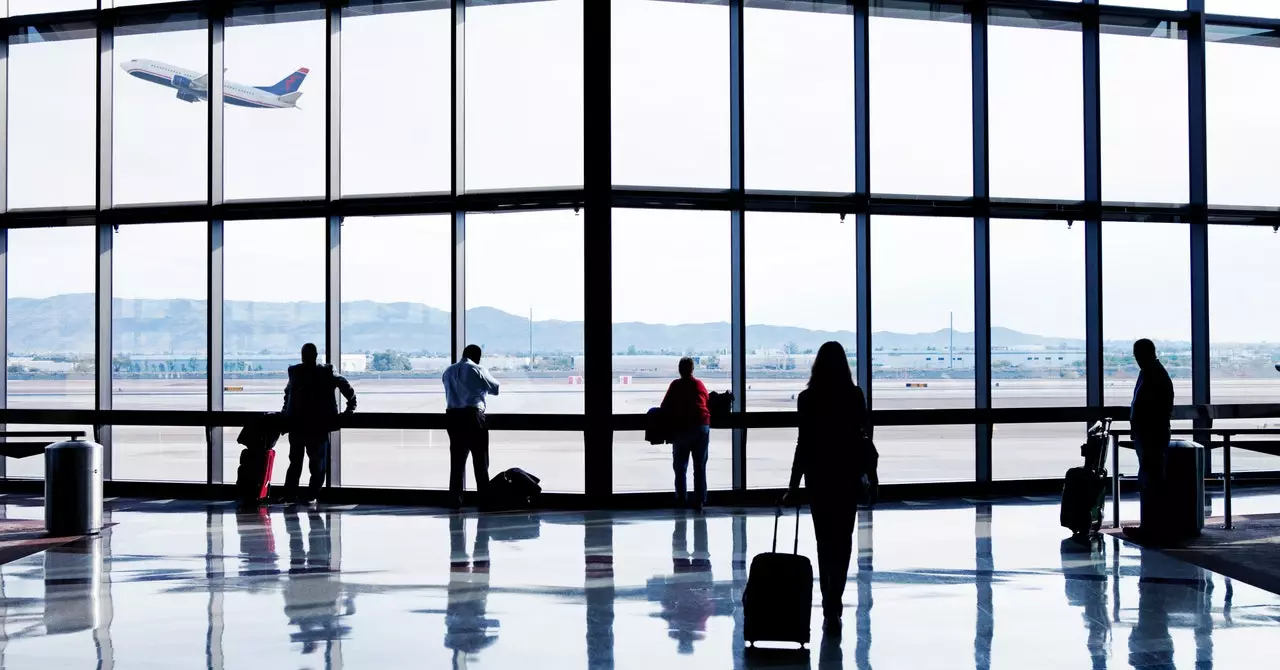Airports are often bustling hubs filled with excitement and anticipation as travelers embark on journeys around the globe. Yet, they can also be breeding grounds for unusual and sometimes volatile behavior. From individuals sprawled on the floor to confrontations fueled by alcohol, the airport environment cultivates a unique atmosphere that can incite both positive and negative behaviors. Over recent years, a troubling increase in air rage incidents and the resultant flight diversions have prompted discussions about whether the sale of alcohol in these spaces should be curtailed. This article seeks to examine the psychological and emotional triggers contributing to this peculiar human behavior in airports.
The paradox of airport behavior begins with vacationing adventurers who often associate the airport with the beginning of a liberating experience. Excitement fills the air as families and friends gather, eager to embark on new adventures. However, for others, the airport is synonymous with anxiety. Pre-flight jitters can prompt individuals to seek solace in alcoholic beverages, leading to potentially unruly behavior. The psychological state of travelers is critical; the dichotomy of eager travelers versus anxious fliers highlights the spectrum of emotions that manifest. The latter may resort to drinking as a coping mechanism, unraveling their typically composed demeanor.
Moreover, the cacophony of announcing flights, the bustling crowd, and the stark visuals of departure gates create an atmosphere ripe for sensory overload. Environmental psychology suggests that such stimuli can trigger stress responses in individuals, contributing to irritability and frustrative behaviors. Stress, particularly in the context of travel, catalyzes anger in individuals who are inherently anxious, highlighting the importance of understanding the emotional underpinnings of conduct in airport environments.
To better understand the behavioral dynamics at play, one must adopt a psychogeographic lens. Psychogeography examines how various environments impact human emotions and behaviors, often in urban settings. Airports serve as modern “thin places,” akin to ancient sacred rituals where boundaries dissolve. As travelers pass through security and into the airport, they step into a nebulous sphere where traditional notions of nationhood and temporality become indistinct. The airport represents a transient state; it is a space that exists between the here and there, the now and then.
In this context, traversing an airport signifies not just a physical journey but also a psychological leap. Time morphs, and with it, one’s sense of control. Flights that cross time zones can disorient travelers, leading to frustration and impatience. Losing one’s grip on time can amplify anxiety, as individuals increasingly focus on an uncertain future, swirling their notions of time and space further into ambiguity. Such psychological preoccupation can result in irritability and, in ampler situations, aggressive behavior.
Additionally, the acute focus on the future during airport travel can contribute to behavior that sometimes disrupts the social fabric of these environments. As individuals await their flights, their thoughts are largely fixated on what lies ahead rather than the present. This state of anticipation can create frustration, particularly against the backdrop of delayed flights or long queues. The collective sense of urgency to be united with a bright future can eclipse the immediate present, fostering environments where impatient outbursts become more common.
The airport thus operates as a paradox, fostering human behaviors that oscillate between elation and aggression. By acknowledging and understanding these psychological dynamics within airport spaces, stakeholders in the aviation industry—including airport authorities and airlines—might devise interventions aimed at curbing negative behaviors. These could range from improved facilities that address sensory overload to revisiting policies regarding the availability of alcohol.
As we delve deeper into the psychological nuances inherent in airport behaviors, it becomes evident that the interplay of anticipation, anxiety, and the liminal nature of these spaces can significantly shape how individuals conduct themselves. While airports will always be spaces marked by transitions, recognizing and addressing the psychological factors at play can lead to a more harmonious travel experience. By enhancing our understanding of why people behave the way they do in these unique environments, we can create a more welcoming and considerate atmosphere for all travelers.

